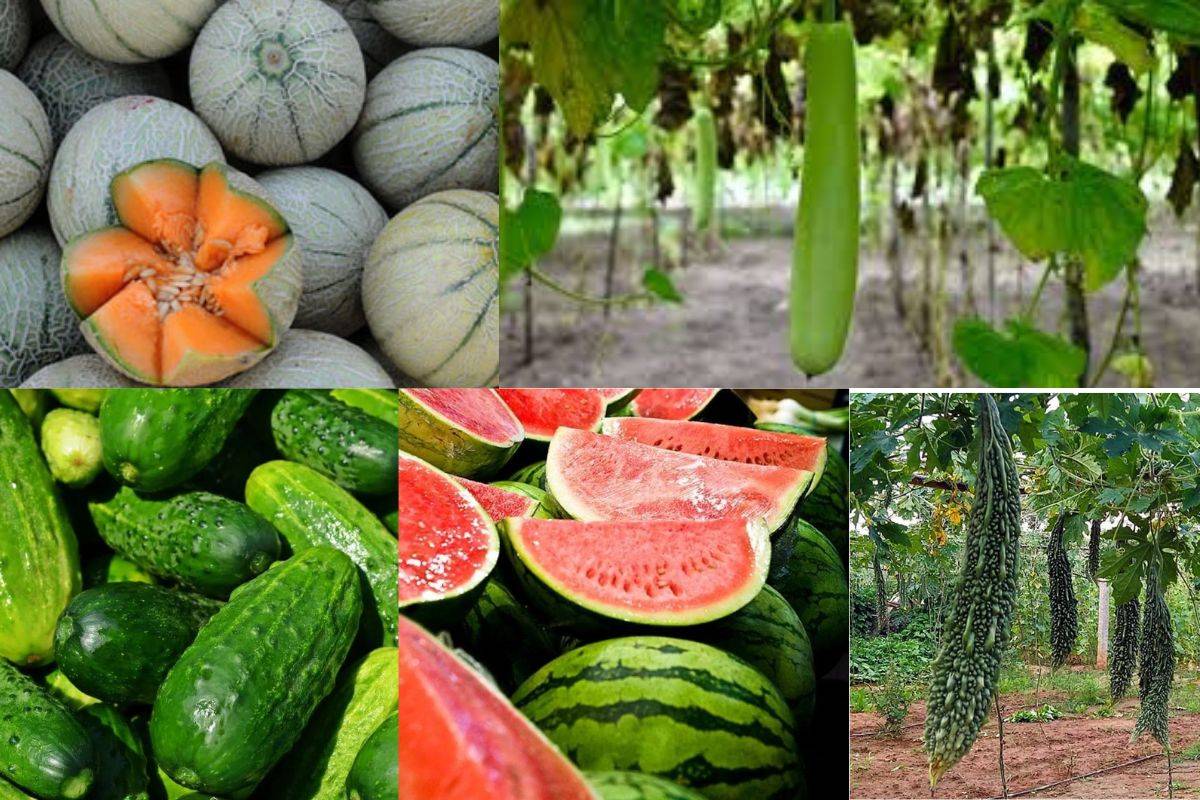
Agriculture is an occupation of over 60% of the Indian people. Agriculture as a whole is made up of several businesses that are interconnected. Sericulture, grain crop cultivation, fruits, vegetables, fruits, oil seeds, dairy farming, fisheries, apiaries, poultry, small ruminant rearing, and so on.
Weather, climate and seasons classify the cultivation time of agricultural crops. Crops are classified into three types based on the season:
-
Kharif,
-
Rabi, and
-
Zaid (Summer) Crops
When planting Zaid crops, it is important to consider a few key precautions in order to ensure the success of your crop.
What Precaution Points to Keep in Mind While Going for Zaid Season Crops?
1. Suitable Location for Planting
First and foremost, it is important to choose a suitable location for planting. Zaid crops require well-draining soil and plenty of sunlight, so it is important to select a spot that receives ample sunlight and has good drainage.
2. Temperature Check
In addition to that, it is important to consider the temperature requirements of the specific crop you are planting, as some Zaid crops are more tolerant of heat than others.
3. Timing of Planting
Another important precaution to keep in mind is the timing of planting. Zaid crops are typically planted during the summer months when the weather is warm and there is plenty of sunlight. However, it is important to be aware of the specific planting dates for the crop you are growing, as some crops may require earlier or later planting.
4. Proper Irrigation
Proper irrigation is also an important aspect to consider when planting Zaid crops. Zaid crops require consistent moisture in order to thrive, so it is important to have a reliable irrigation system in place. It is also important to ensure that the irrigation system is properly maintained and that the water is reaching the roots of the plants.
5. Fertilization
Fertilization is also an important aspect of planting Zaid crops. Zaid crops require high levels of nutrients to grow and produce a good yield. It is important to use a fertilizer that is specifically formulated for Zaid crops and to apply it at the recommended rate and at the right time.
6. Monitoring of Pest and Disease
One needs to keep in mind pest and disease control. Zaid crops are susceptible to a variety of pests and diseases, so it is important to be vigilant and take appropriate action to prevent and control these issues. This may include using pesticides or other control measures, as well as practicing good crop management practices such as crop rotation and proper sanitation.
7. Crops-Specific Requirements
Finally, it is important to be aware of the specific requirements of the Zaid crop you are planting, as each crop has its own specific needs. It is important to research the crop and to be familiar with its growth habits, nutrient requirements, and other important information to ensure the success of your crop.
Conclusion
When planting Zaid crops, it is important to choose a suitable location, consider the timing of planting, ensure proper irrigation and fertilization, practice pest and disease control, and be aware of the specific requirements of the crop you are planting. By following these precautions, you can ensure the success of your Zaid crop and a bountiful harvest.
















